Home remedies that can land you in the ER
Skip these DIY treatments and see a medical professional.
Updated on April 26, 2023

It’s understandable that you’d want to try treating conditions at home. A simple home remedy can help you avoid the costs and wait times that come with seeing a healthcare provider (HCP). But DIY health care can cost you big in the long run if serious conditions go overlooked or mistreated. Not to mention, some remedies are just plain dangerous.
Here are some of the riskiest home remedies, and how they could land you in the ER.
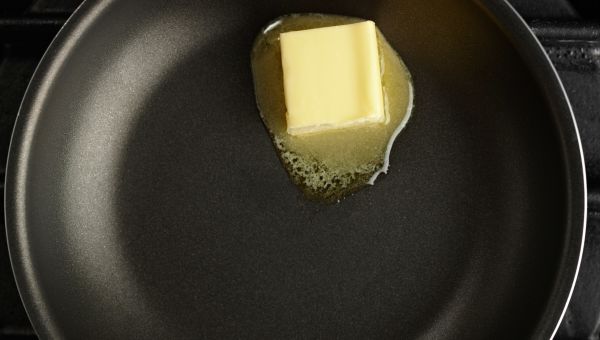
Don’t put butter on kitchen burns
“I think the reason people rub butter on burns is that it feels good—you want something that’s cool and greasy, so you reach for the butter because it's right there,” says Tony Wanna, MD, an emergency room (ER) doctor at Presbyterian/St. Luke’s Medical Center in Denver. “But it's not sterile, so it's the exact opposite of what I’d recommend.”
Butter may contain food particles and germs from everyday use. When you rub it on a burn, it can cause a potentially serious infection, on top of the pain you’re already feeling. It may also trap heat in the skin, potentially worsening the burn.
Instead of butter, run cool water over a minor burn for five minutes, Dr. Wanna says. Then pat it dry—don’t rub—and use an antibiotic ointment like bacitracin. Antibiotic ointment will help it heal, decrease scarring, and reduce your risk of an infection. Aloe vera can speed healing, as well. Cover it with a clean dressing like non-adhesive gauze.
“Many people ask when they should go to the ER for a burn, versus treating it at home. Come in for anything that’s second degree or above.” With a second-degree burn (AKA a partial thickness burn), you’ll notice:
- Blistering—a burn bigger than a palm print that’s blistering anywhere is a reason to get emergency help, says Wanna
- Peeling skin
- Skin that’s red, white, or charred
“We especially worry about blistering on sensitive areas like the groin or face,” he adds. And any time a burn is circumferential—that is, it wraps around a limb, a finger, or your body—it’s a medical emergency; call 911.
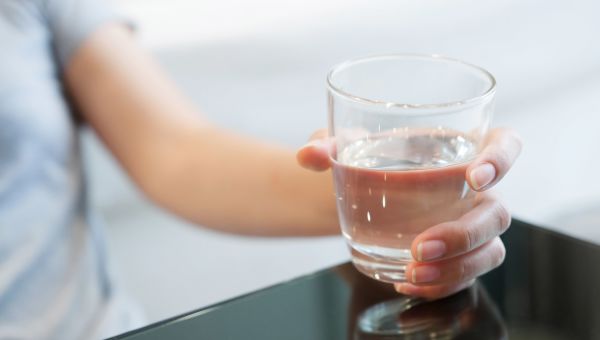
Swallowing peroxide is NOT a safe detox plan
If you can use hydrogen peroxide to disinfect small wounds (a practice that may actually be ineffective), you can use it to cleanse your system, too. Right? Wrong. Though this claim routinely makes the rounds on the internet, it doesn't work and is actually quite dangerous..
The idea for this practice might have come from bottles labeled “food grade hydrogen peroxide.” But that simply means the solution can be used to clean some raw food products, not that it’s safe to consume.
Peroxide can injure the gastrointestinal tract, causing ulcers, nausea, vomiting, and abdominal pain. People might not experience these symptoms at first if they’re diluting it in water, or taking it in small amounts, but the effects can add up over time.
“Plus, if somebody miscalculates a dose, it could be lethal,” says Wanna. “There are reports of accidental ingestions—people refrigerating peroxide, and other family members drinking it. Literally one or two sips can kill a toddler.” Peroxide also produces oxygen bubbles, which can seep into the bloodstream through your gut. They can travel through your system and block blood flow to vital organs like your lungs, heart, or brain.
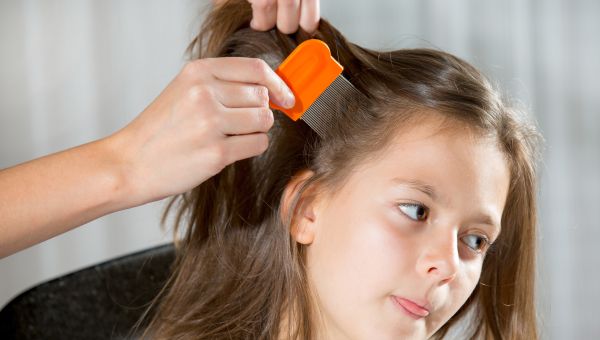
Kerosene, mayonnaise, baby oil—none of these will cure lice
One home remedy for lice involves covering the hair with mayo or baby oil, and then putting a bag over it. That can smother the lice, but it won’t kill the eggs.
“Not only does this treatment not work, there are case reports, sadly, of parents leaving their child unattended,” says Wanna. “Mayo and baby oil are slippery, so the bag can dislodge and fall over the child's face. This has caused suffocation and death in certain cases.” Some people use the same method, but with kerosene instead of mayo. That can pose the same risk, but it’s flammable and toxic as well; it may get absorbed through the scalp and enter the bloodstream.
Purchase an over-the-counter lice treatment kit instead. Choose one that includes a fine-tooth comb for teasing out both the lice and their eggs—and be sure to launder bed linen and your child’s clothes in hot water, then a hot dryer. Note that some lice cases may require retreatment to fully get rid of the bugs.
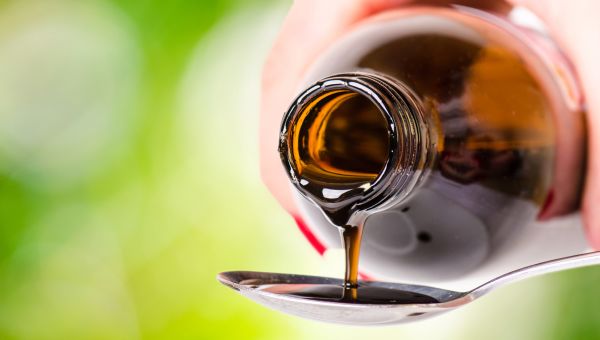
Don’t make your child vomit if they swallow something toxic
“People used to buy ipecac syrup in the drugstore,” says Wanna. “If you ingested something toxic, it was a very common practice to take ipecac syrup, which would make you vomit the substance up.”
But additional complications can occur if you force somebody to vomit at home, he continues, so ipecac syrup has been pulled from the shelves. For example, vomiting can cause the substance to accidentally enter the person’s airway. If a chemical like bleach or kerosene winds up in the lungs, it’ll reach the bloodstream much faster than if it’s in the stomach. Substances may also damage the esophagus or airway during vomiting.
“If anything toxic is ingested, call poison control [at 1-800-222-1222],” Wanna instructs. “They can tell you, ‘this is something to care for at home,’ versus, ‘no, get to the ER immediately.” If you arrive at the ER within the hour, you may be able to take medication to deactivate the substance. In some cases, you might need a procedure to irrigate, or remove the harmful contents from your stomach.

Never give your teething infant whiskey
One home remedy for teething pain involves rubbing whiskey on your little one’s gums. “This may calm a teething infant,” says Wanna. “But whiskey and other alcohols don’t really have the desired numbing effect.”
Instead, the gums are highly absorbable, so whatever you're putting on your child’s gum is going to enter their bloodstream. If they seem soothed, it’s probably because alcohol is a depressant, and it’s now in their system. Alcohol is also associated with nausea, vomiting, and increased urination, which can lead to dehydration.
There are safer methods to ease teething pain—simply washing your hands and massaging the gum can provide relief. “Anything cold or chilled, including a chilled plastic baby spoon, can be soothing to gnaw on,” Wanna suggests. “Sometimes, if you’re nursing, that can help as well.”
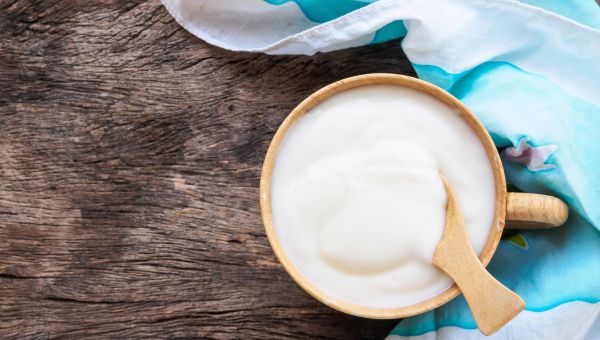
Please don’t put yogurt in your vagina
“There are women who rub yogurt onto the vagina, or apply it to a tampon and then insert it, to treat yeast infections,” explains Wanna. “I don't recommend doing this. There's no scientific evidence suggesting that placing yogurt in the vagina will help.”
The idea for this remedy came about because yogurt contains lactobacilli, a type of “good” bacteria that regulate vaginal pH, or acidity. A healthy vaginal pH helps to keep infections from developing.
But there’s not enough evidence to suggest people with frequent yeast infections are lacking in lactobacillus. Plus, studies on yogurt as a treatment have either been flawed or inconsistent. And not every itchy vagina is caused by yeast. You may, in fact, have another condition like bacterial vaginosis or an STI, so see your OBGYN.

University of Arkansas for Medical Sciences (UAMS) Health. Will Putting Butter on a Burn Ease the Pain? Posted March 8, 2019.
University of Rochester Medical Center. Common First Aid Mistakes. Accessed April 26, 2023.
American Academy of Dermatology Association. How to treat a first-degree, minor burn. Accessed April 26, 2023.
Mayo Clinic. Burns. August 13, 2022.
Sharma S, Alfonso AR, Gordon AJ, et al. Second-Degree Burns and Aloe Vera: A Meta-analysis and Systematic Review. Advances in Skin & Wound Care 35(11):p 1-9, November 2022.
Poison Control / National Capital Poison Center. Hydrogen Peroxide. Accessed April 26, 2023.
U.S. Food And Drug Administration. "FDA Warns Consumers Against Drinking High-Strength Hydrogen Peroxide For Medicinal Use." ScienceDaily. ScienceDaily, 30 July 2006.
Michael Greger, MD, FACLM. Can you take hydrogen peroxide internally? NutritionFacts.org. June 2, 2022.
Centers for Disease Control and Prevention: Parasites/Head Lice: Treatment Frequently Asked Questions (FAQs). Page last reviewed September 17, 2020.
Poison Control / National Capital Poison Center. Ipecac – don’t use it. Accessed April 26, 2023.
Mayo Clinic. Ipecac Syrup (Oral Route). Last updated February 1, 2023.
Poison Control / National Capital Poison Center. If You Suspect A Poisoning … Act Fast! Accessed April 26, 2023.
U.S. Food & Drug Administration. Safely Soothing Teething Pain and Sensory Needs in Babies and Older Children. May 23, 2018.
More On


video

article
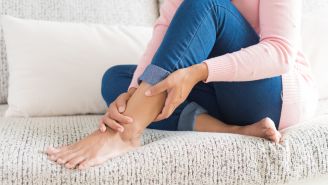
slideshow


video


video
